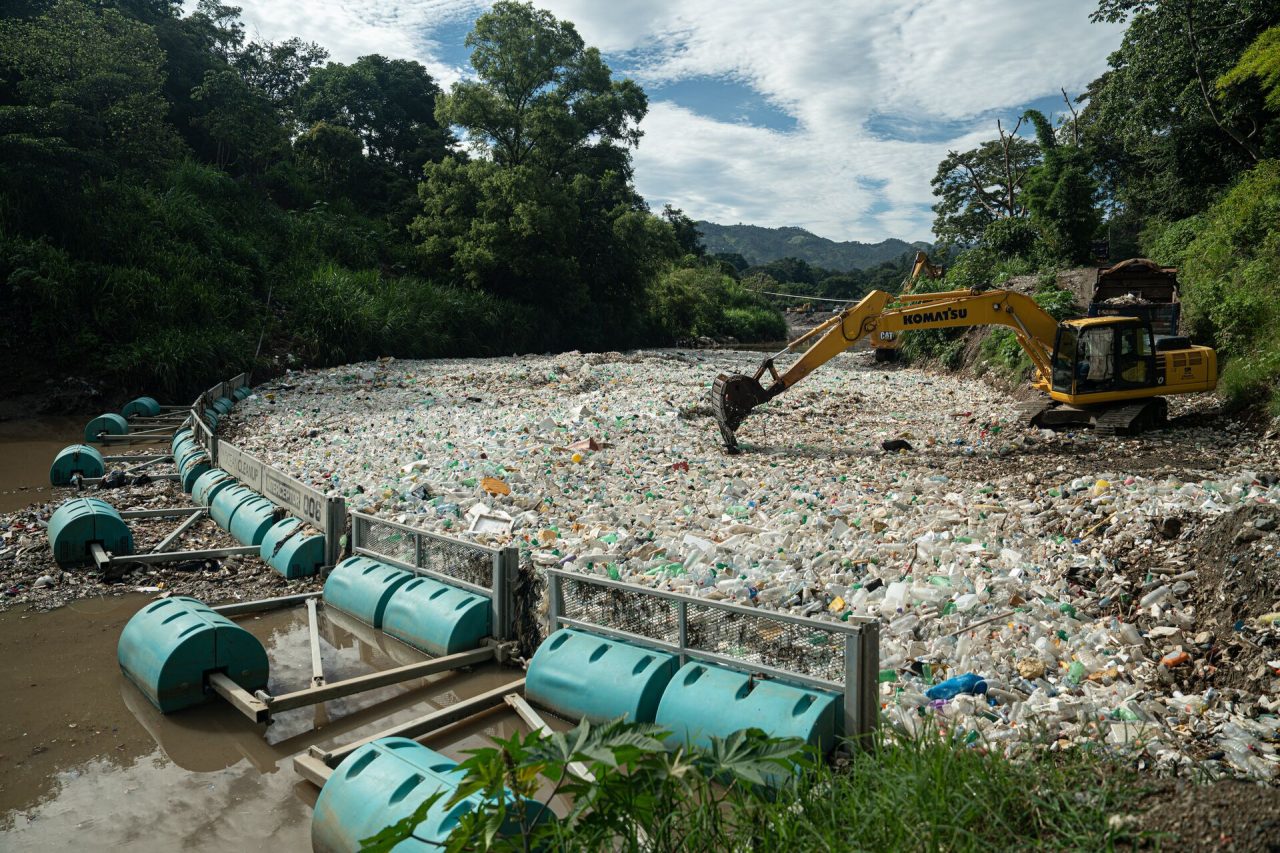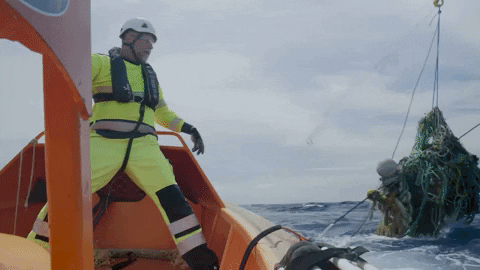How do mangroves contribute to carbon sequestration and climate resilience, and what threats do they face?
Mangroves play a crucial role in carbon sequestration and climate resilience. These coastal forests store up to four times more carbon per hectare than tropical rainforests, trapping carbon in their soils for centuries. This makes them one of the most effective natural solutions for mitigating climate change.
Additionally, mangroves act as natural barriers against extreme weather, absorbing storm surges, reducing coastal erosion, and protecting communities from flooding. Despite their importance, mangroves face significant threats, including deforestation for agriculture and coastal development, pollution, and rising sea levels. Plastic debris can accumulate densely in mangrove forests, covering the forest floor and entangling roots. This accumulation blocks water circulation, leading to stagnant conditions and changes in salinity that can stress mangrove trees and disrupt the ecological balance.
Moreover, plastics serve as carriers for pollutants and microorganisms, with their surfaces often harboring harmful bacteria and antibiotic resistance genes.

